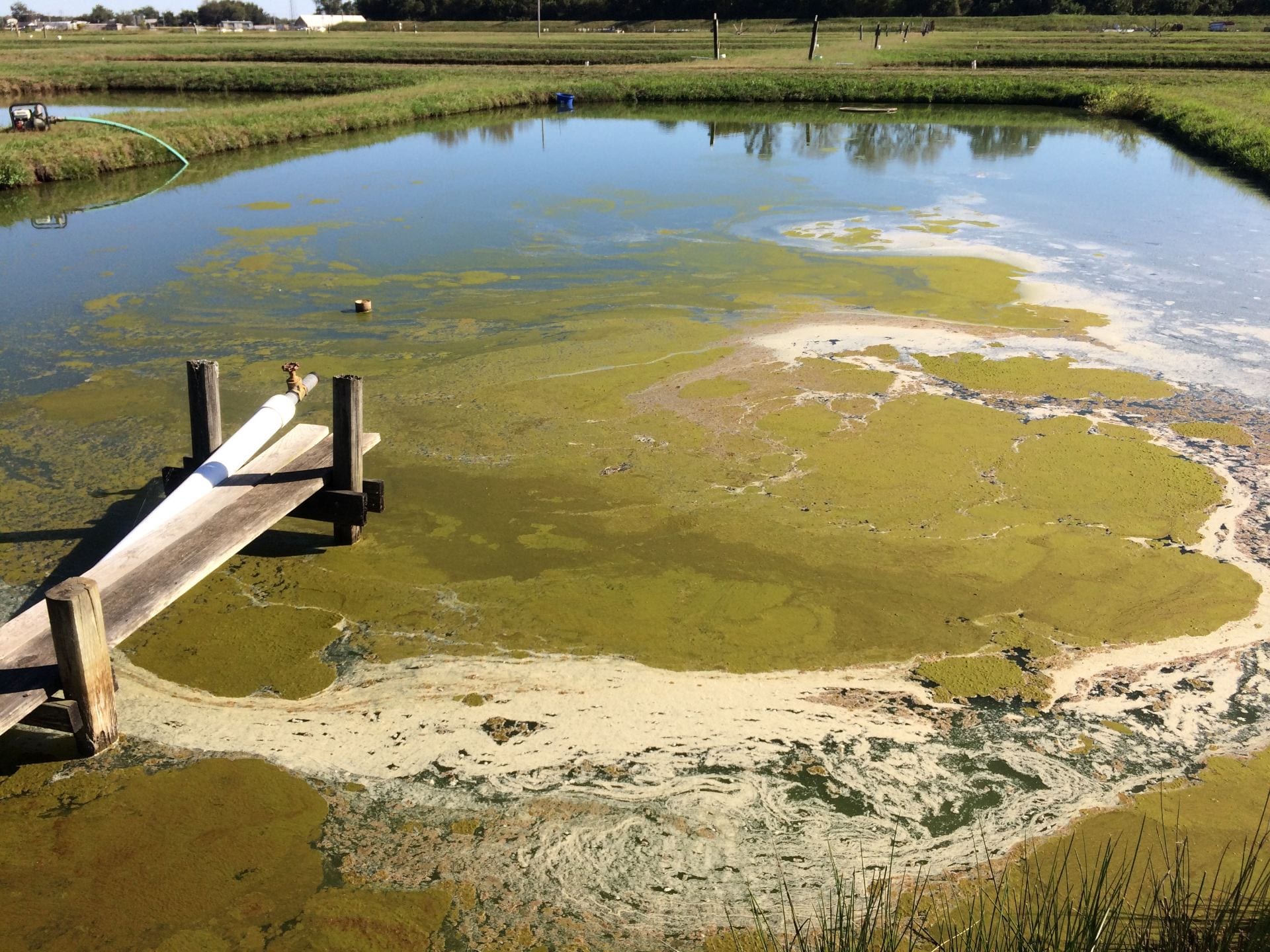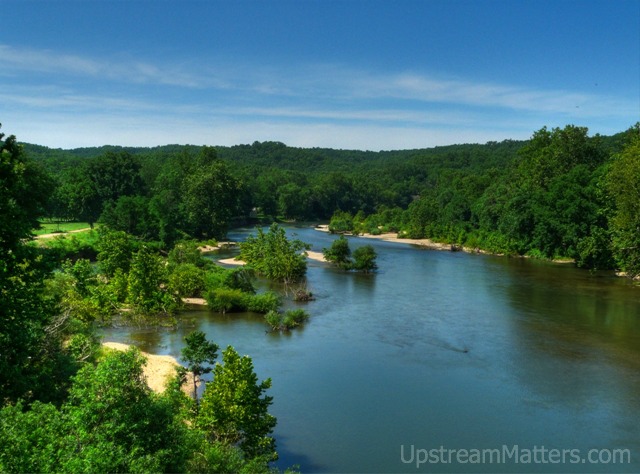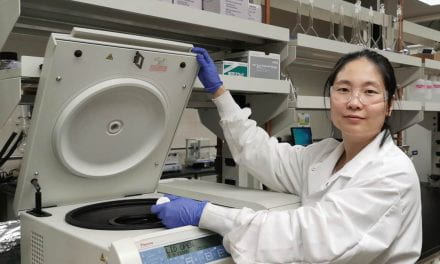
Researchers Track Nutrient Trends in the Beaver Lake Watershed
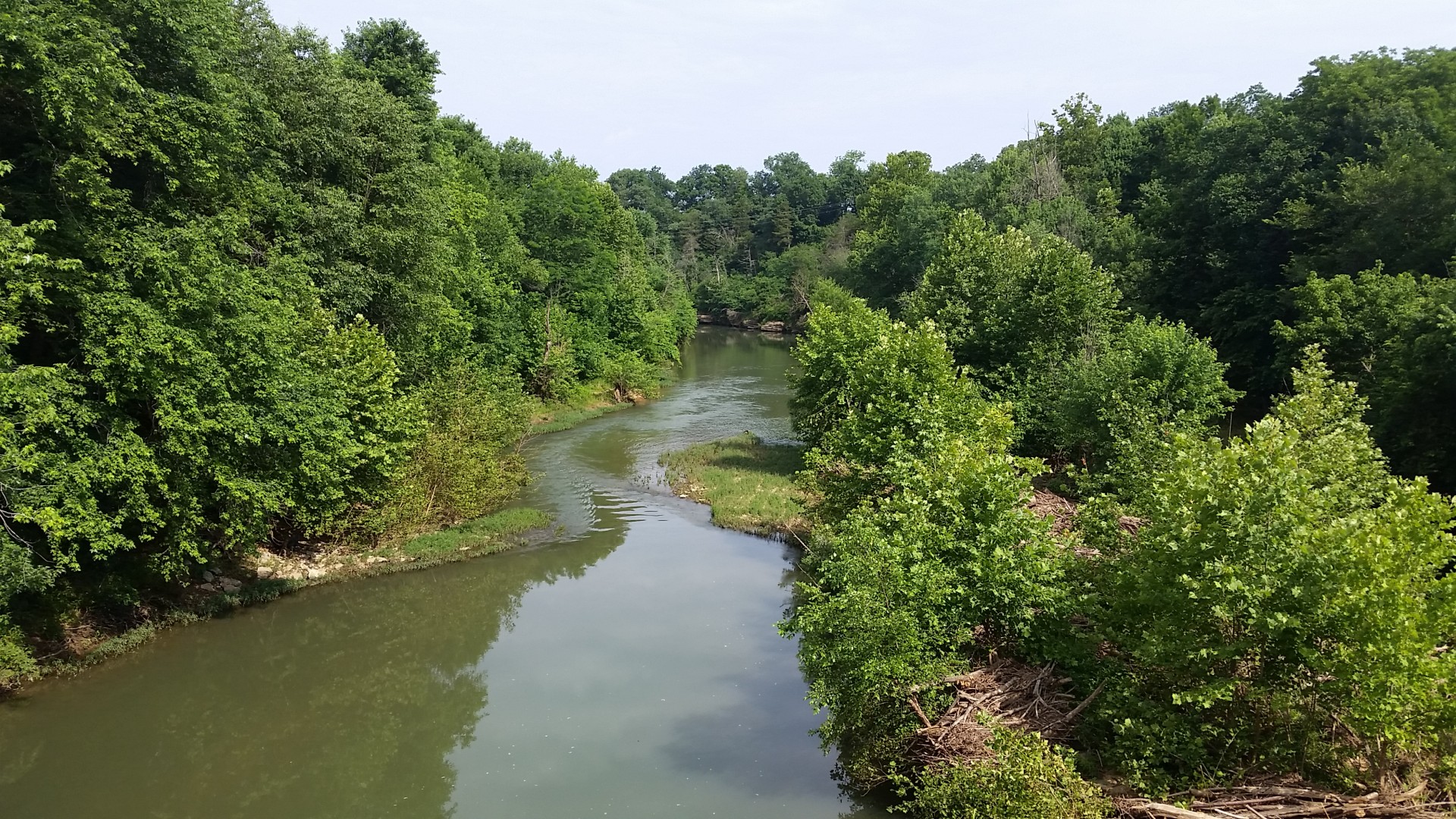
The Problem: Eutrophication – a term that describes excess amounts of nutrients in waterbodies – is a leading cause of water pollution. The source of nutrient pollution is often linked to human activities such as agriculture and urban development. When it rains, nutrients can runoff the landscape and into nearby streams and rivers, and ultimately into downstream lakes and reservoirs, such as Beaver Lake.
So What?: Beaver Lake not only serves as a popular recreational destination for swimming and fishing, but it also provides drinking water to over 400,000 people in northwest Arkansas. Eutrophication can cause excessive algal growth and cause problems for drinking water treatment plants. For example, excess algae can increase drinking water treatment costs, cause taste and odor problems, and even result in potentially toxic chemicals in drinking water, called “disinfection byproducts”. Additionally, under the right circumstances, such as increases in nutrients and favorable temperature conditions, harmful algal blooms (HABs) can occur. HABs have the ability to produce toxic compounds that threaten public health and drinking water treatment. In order to better manage the water quality of Beaver Lake, we need to understand how nitrogen and phosphorus are transported from the landscape and through the major rivers that flow into Beaver Lake.
The Research Question: Dr. Brian Haggard, faculty researcher in the Biological Engineering Department at the University of Arkansas and AWRC Director, and Zach Simpson, graduate research assistant, wanted to know, have nitrogen and phosphorus levels changed in the three main rivers that flow into Beaver Lake over the last several years?
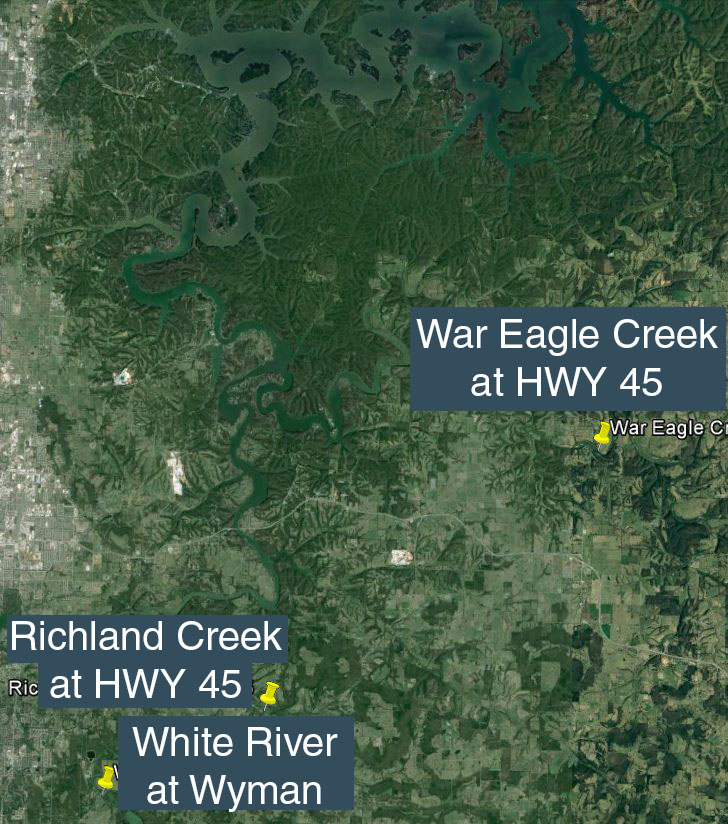
The Methods: Haggard and Simpson compiled water chemistry data that were collected from 2009 to 2015 at three locations in the Beaver Lake Watershed. Sample sites included the White River at Wyman Road, Richland Creek at Highway 45, and War Eagle Creek at Highway 45, all of which are at USGS gaging stations where continuous discharge is recorded. Water samples were collected nearly weekly and across a range of flows that included base-flow and small to large storm events. There were over 800 water samples analyzed as part of this project.
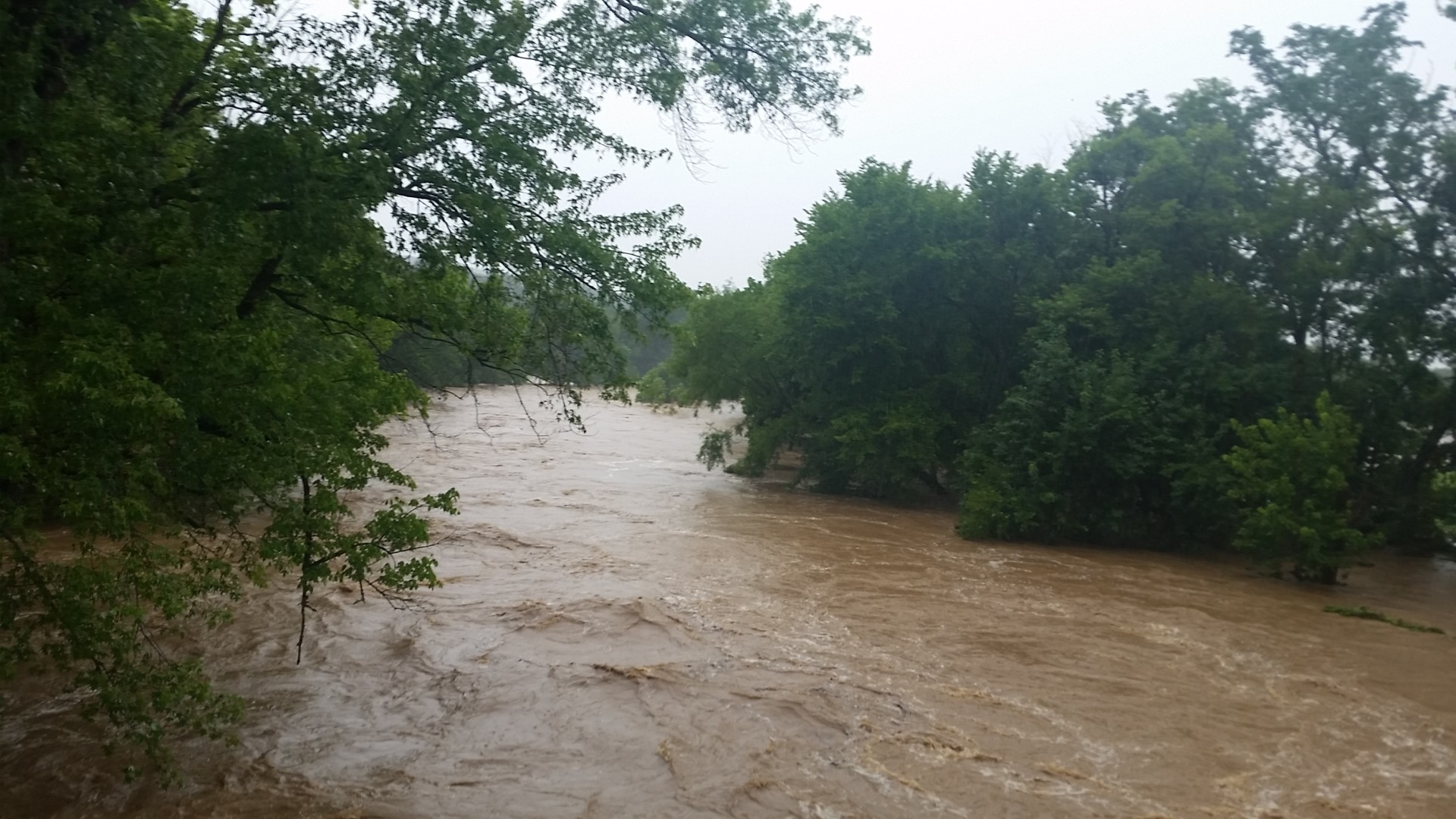
Trends were evaluated for nitrogen and phosphorus at each site using a well-established three-step process. More information about this process can be found on our website in the technical publication titled “Constituent Loads and Trends in the Upper Illinois River Watershed and Upper White River Basin”.
The Findings: The patterns in nutrient concentrations over time (2009 to 2015) were interesting at these three inflows to Beaver Lake. First, phosphorus inputs were not changing over time from the White River or War Eagle Creek. However, phosphorus inputs were increasing at Richland Creek (7.9% increase per year); but this stream contributes the least phosphorus load to Beaver Lake, since the total annual flow is much lower compared to the other rivers. Nitrogen inputs to Beaver Lake were increasing from the White River (3.7% increase per year) and Richland Creek (7.2% increase per year), but no change was observed in nitrogen concentrations at War Eagle Creek.
The Benefits: Long-term water quality monitoring is critical for understanding how nutrient inputs change over time and where these inputs are coming from. We know that algal productivity, as measured by chlorophyll-a, has been increasing in Beaver Lake and that the input of nutrients from the landscape can be a major driver of algal growth. So, are the increasing trends for nutrients in Richland Creek and the White River responsible for increasing algae in Beaver Lake? Perhaps. But there are also other potential causes of increased algal productivity in Beaver Lake, such as climate changes or lake management activities, and more data need to be collected to fully understand these relationships.
Haggard will be at the Beaver Lake Watershed Symposium on September 29th and available to discuss these results and their implications.












